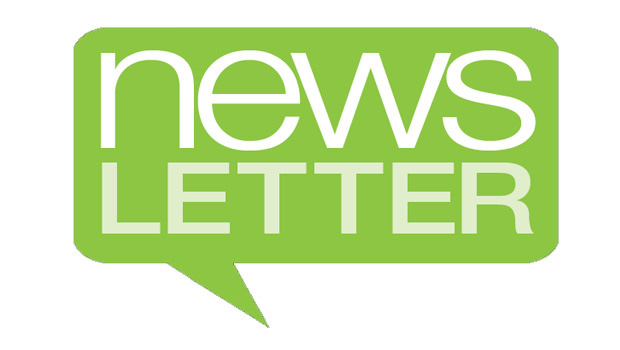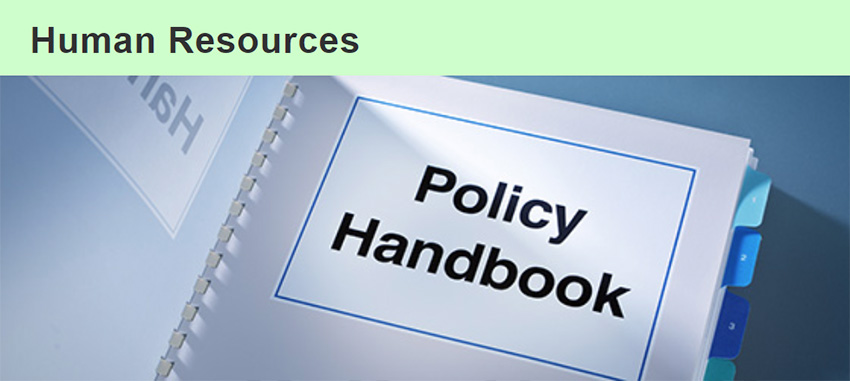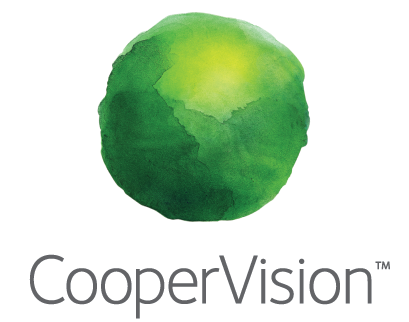

An Influx of New Ideas

By Lisa Hamilton, OD, SNAPP Board member
SNAPP National Meetings give us energy and ideas that are critical to growing your eye care business. At the SNAPP meeting in Las Vegas, the Idea Exchange Session provided a wealth of easy-to-implement tips and strategies designed to infuse your practice with new business leads, ideas and efficiencies.
Because they come from trusted colleagues, we can be confident in their results prior to introducing these suggestions in our own businesses. For example, we are implementing a process of storing the credit card information of our patients/customers to better manage A/R and assist with quick reorders of contact lenses and other products. Our merchant services partner, Ignite First Data, can save the information in a secure cloud. This technology enables us to make charges (or refunds) effortlessly. Minimal modifications to our intake paperwork will provide ample explanation for these enhancements.
Your board would love to hear from you on what changes you’ve made as a result of attending a SNAPP meeting or talking with your Pearle colleagues.

Idea Exchange Session: Results and Winners
Several SNAPP members presented their idea to the group during the Idea Exchange Session using PowerPoint presentations and finished by answering questions from the audience.
1. Team Tonsager presented the Contact Lens Quote Sheet, which calculates the cost of an annual supply of contacts and automatically inserts the rebates.
2. Brooke Hawley presented an idea to improve conversion from exam room to retail by adding a pager system, a hand-off in the exam room and customized scripts. She increased her conversion rate by 15 percent in the first three months.
3. Dave Kovar presented an idea to be more profitable with VSP by choosing Trivex and other options.
4. Rory Zimny presented an idea of how to improve PEPP. He showed his methods and financial results. One store had $57,000 in PEPP income.
5. Ryan Williams presented an idea on how to partner with local business for referrals and CORNEA events.
6. Jennifer Sullivan presented on using LensFerry and showed how much incremental revenue it brought to each of her offices.
7. Bobby Hamilton presented an idea on using the Weave Phone system and the benefits of recording the calls. He also spoke on using automatic text messages when eyeglasses arrive and an automatic text reminder to review the practice on Google.

LOs Emphasize the Patient Experience
Michael Plumb is a second-generation Pearle franchisee. The Plumb association with Pearle Vision began in the 1980s. His father joined the company then and opened his first store by 1983. Michael worked for his father in the early 1990s as an apprentice optician, but then he parted ways professionally for a few years. “I tried my own thing and worked several other jobs, but when my father decided to expand, he asked me to come back to the family business,” Plumb recalls.
He joined his dad in the Lakeland, Florida store as its general manager in 2005. Michael and sister Sara took over in 2015 after their father retired. Plumb has been a SNAPP Group member for several years, but his first meeting was earlier this year in New Orleans. It exceeded his expectations, and he decided that he would attend again in Las Vegas. “I like being able to meet in a smaller setting over lunch and get different ideas and find out how other LOs are running their businesses,” he says. “I can take what I like back to my store and implement it to grow my business.” At the Las Vegas meeting, he attended another session held by Joe DeLoach, OD, on HIPAA compliance. “His messages really hit home, and it’s a reminder that we need to be on top of HIPAA issues,” Plumb says. He also enjoyed the session with April Jasper, OD, FAAO, who talked about creating a practice of distinction.
The presentation by Michael Kling, OD, on Combating Disruptive Forces in Eyecare resonated with Plumb, as well. Dr. Kling addressed how there are different ends of the spectrum of service with cheapest on one side and best experience on the other. “He told us, ‘You better be on one of those ends because the people in the middle fall by the wayside,” Plumb says, adding that both he and his sister have always valued the experience side. “We strive for that high level of customer service and satisfaction, which is paramount in our locations. And, we pride ourselves on repeat business.” He knows that they’re successful in those moments when he sees a person returning for another a visit or when a customer gives a straightforward compliment. “When they tell me they come here for the experience, that’s great to hear from customers.”
Plumb adds that he appreciates the efforts of the SNAPP Group board in organizing and holding these educational meetings that allow for networking and that they also make sure everyone is having a great time in their destination city—such as when everyone shared a night out at O By Cirque du Soleil this September. Plumb says that he’s happy to support the endeavors of this group and his friend, Lisa Hamilton, OD, and he plans to make attending SNAPP Group meetings an annual routine.

HR Corner: How to Reduce Absenteeism
Tip of the Month from AmCheck
Taking time away from work is good for the health and morale of employees. When they can rest during an illness, recuperate after an injury or tend to affairs in their personal lives, they’re better able to focus at work and engage in the tasks at hand. Too many absences, however, can be costly for employers and frustrating for other employees who have to pick up the slack.
Many absences may be sign of absenteeism, which occurs when employees skip work for no good reason. You may not be able to prevent the illnesses, injuries or family emergencies that keep employees from coming to work, but you can and should do something about absenteeism. Fortunately, there are a few steps you can take.
Have an attendance policy. This policy should state your expectations for attendance and the procedures for time-off requests—as well as the possible consequences for employees who violate the policy. Having and following a clearly written attendance policy makes it easier to hold people accountable to it.
Follow all applicable leave laws. If your company is subject to the Family and Medical Leave Act, for example, you may be required to provide job-protected leave to an employee who needs a leave of absence to seek care for themselves or a family member. A number of states and municipalities have sick leave laws that may guarantee employees a certain number of sick days per year. Make sure you give employees the option to take all the time off to which they’re legally entitled. You can certainly give employees more time off than what the law requires and allowing for more expected absences may help reduce the number of unexpected ones. Just make sure you offer this leave in a non-discriminatory manner, consistent with your policy.
Use discipline for policy violations. If employees miss work without a legitimate reason and in violation of your policy, you should discipline them. Depending on the severity of the absenteeism, you might start with an oral or written warning and then move up from there. Reoccurring absenteeism could be grounds for termination if you’ve given the employee fair warning and he or she hasn’t improved.
Create a positive workplace. If absenteeism is widespread or higher than you find acceptable, assess the management styles and employee interactions in your workplace. Are people generally happy? Do they get along? Are there any issues of concern, such as bullying? Do employees have opportunities to get to know one another and form collaborative and supportive relationships? Do they feel supported and valued by management? You can stop attendance problems before they start by building a workplace where people are inspired to work hard, do well and celebrate success.

De-Mystifying Government Medical Plans

By Shane Shepherd, Sr. Insurance Sales Manager, VisionWeb
Understanding the differences between Medicare, Medicare supplements, secondary policies, and Medicare HMOs can be more than a little confusing.
“Straight” Medicare covers 80 percent of the allowed charges, while the patient is responsible for the other 20 percent. Legally, you are required to write off the difference between the U&C and the amount allowed by Medicare if you are in-network. Your patient’s responsibility is based upon a percentage of the allowed amount, therefore, you must have that figure available to you at checkout in order to collect the correct amount from the patient. Let’s say your normal charge for fundus photography is $80, so you collect 20 percent—or $16. But when the claim processes, Medicare states the allowed amount is $55, which means you should have only collected $11 and you now must refund the patient the $5 difference. Take time to build your payer fee schedules into your practice management system. Remember, Medicare Part A is for hospital services while Part B, which is optional, covers your services. Most people opt to include Part B but it is possible to exclude it when signing up.
A Medicare supplement plan is designed to cover what Medicare approves but doesn’t pay. Therefore, these types of policies may very well cover the 20 percent co-insurance and/or the deductible if it was purchased at the same time or after the Medicare policy went into effect. You can identify these policies by looking for the plan name i.e. PLAN G, PLAN F, etc. Each policy, no matter which health insurance company (HIC) issues it, will have some reference to a standardized plan name. And all plans will have the same coverage. A Plan F will have the same benefits regardless of which HIC issues it.
A secondary policy has its own set of benefits and operates independently from Medicare. Usually, the policy was the patient’s primary plan prior to turning 65. It’s important to distinguish supplements from secondary policies because, generally speaking, the secondary policy isn’t going to cover the 20 percent coinsurance. These insurance cards will look like any other insurance card.
Lastly, we have Medicare HMO policies, which are designed to replace the Medicare policy altogether. They are usually sold to seniors by highlighting the fact there may be additional coverage for services that Medicare doesn’t ordinarily cover. However, what isn’t necessarily disclosed to the member, is that there may be less coverage for other services. Secure Horizons is an example the staff has probably seen presented at the front desk.
Specifically checking the benefits is the best-case scenario, but here are some rules of thumb if you have to make a general assumption:
1. If Medicare is the only card presented, collect 20 percent of the allowed amount.
2. If a card is presented that has “Plan F” (or something similar) printed on it, it’s a Medicare supplement and you probably won’t need to collect the coinsurance.
3. If a standard Medicare card and a “traditional” looking insurance card is presented, the latter is probably secondary, and you should collect the 20 percent coinsurance. If it happens to pay, refund the patient at that point.
4. If you have a standard Medicare card and a policy that refers to a “Secure Horizon” or “Gold,” it’s likely an HMO, and you’ll have to check the benefits to know if a routine exam and/or testing is covered.
Shane Shepherd is the Sr. Insurance Sales Manager for VisionWeb. He’s happy to answer questions you have about your claim filing methods at sshepherd@visionweb.com.





